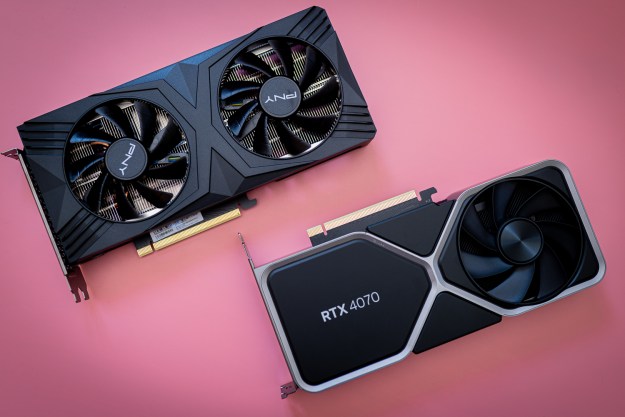
Back when former Lenovo exec Rory Read took over the president and CEO position at AMD last August, industry watchers were wondering what his first moves would be to shore up the company’s finances and head towards profitability. Now Read is making his first move, announcing the company plans to cut 1,400 jobs as part of a cost-cutting restructuring. The positions represent about 12 percent of AMD’s total workforce.
“Reducing our cost structure and focusing our global workforce on key growth opportunities will strengthen AMD’s competitiveness and allow us to aggressively pursue a balanced set of strategic activities designed to accelerate future growth,” said Read, in a statement.
AMD is the world’s second-largest maker of PC microprocessors—albeit far behind industry titan Intel, which commands roughly 80 percent of the market. AMD’s recent quarters have been hurt by manufacturing delays as well as overall weakness in the computer market: although consumers and businesses are embracing mobile and tablet devices, that enthusiasm has increasing come at the expense of traditional notebook, desktop, and server systems—the PC market is still expanding, just at a much slower pace than in previous years. And, like Intel, AMD has yet to make a real dent in the market for mobile processors, which so far is almost completely dominated by chips based on ARM designs.
The job cuts follow on previous layoffs in 2008 and 2009 that saw the company part ways with more than 3,000 employees.
AMD expects the new round of job cuts will be spread across “all functions globally” and by complete by the end of the first quarter of 2012. AMD says it expects the cuts will save it about $200 million in 2012 alone, although the restructuring will also cost it about $105 million in 2011 and 2012 due to employee severance and termination of contractual commitments.
Editors' Recommendations
- I tested Intel’s XeSS against AMD FSR — and the results speak for themselves
- There’s an unexpected, new competitor in PC gaming
- Here’s a shocking reminder of just how far ahead Intel is in race with AMD
- AMD’s GPUs had a bigger year in 2023 than you might realize
- The best processors in 2024: AMD and Intel CPUs duke it out



